It’s been a while. Life gets busy, dental insurance changes, or maybe you just fell out of the habit. Now you’ve finally made an appointment, and the dentist mentions you might need a "deep cleaning."
Immediately, your guard goes up. Is this an upsell? Is it as intense as it sounds? Why can’t you just get a regular cleaning like always?
As dental professionals, we hear these questions all the time. The skepticism is understandable, especially when you feel like you’re being sold something you don’t fully understand. Let's clear the air. This guide will give you the straight facts on deep cleanings, why they’re recommended, and what it means for your health.
What Exactly Is a ‘Deep Cleaning’?
First, a deep cleaning is not just a more thorough version of a standard cleaning. The proper medical term is
Scaling and Root Planing (SRP). It's a specific, non-surgical treatment for active periodontal (gum) disease.
Think of it this way: a regular cleaning (a "prophy") is for healthy patients and focuses on cleaning plaque and tartar
above and slightly below the gumline. An SRP is a therapeutic procedure designed to treat an infection by cleaning deep
below the gumline, down to the roots of the teeth.
- Scaling: We carefully remove all the plaque and hardened tartar (calculus) from the tooth surface, both above and, most importantly, below the gums.
- Root Planing: We then smooth out the tooth roots. This helps the gums reattach firmly to the teeth and makes it more difficult for bacteria to accumulate in the future.
How We Know a Deep Cleaning Is Necessary
We don’t make this recommendation lightly. The decision is based on a thorough examination that includes diagnostic tools to see what’s happening below the surface.
Understanding Your Gum Measurements
A key part of your exam is periodontal charting. We use a small probe to measure the depth of the natural space, or "pocket," between your teeth and gums.
- 1-3mm: Healthy, normal pockets. You're eligible for a regular cleaning.
- 4mm: Often a sign of inflammation (gingivitis). We might recommend more frequent cleanings and see if improved home care can reverse it.
- 5mm or more: This is a red flag. Pockets this deep are nearly impossible for you to clean at home with a toothbrush or floss. They often indicate that the infection has progressed, causing a loss of the bone that supports your teeth.
Beyond the Numbers: The Full Picture
Pocket depth is just one piece of the puzzle. We also look for:
- Bleeding Gums: Healthy gums don’t bleed. Bleeding during probing is a sign of active infection.
- Tartar Below the Gumline: We can see this buildup on X-rays and feel it with our instruments.
- Bone Loss: X-rays reveal how much bone is supporting your teeth. Periodontal disease literally eats away at this foundation.
A deep cleaning is recommended when there are pockets of 5mm or more, evidence of tartar below the gumline, and signs of bone loss.
Why You Can’t Just ‘Brush More’
Once tartar hardens onto the tooth root deep inside a gum pocket, it’s like cement. No amount of brushing, flossing, or water picking can remove it.
This submerged tartar is a breeding ground for harmful bacteria. Left untreated, this chronic infection will continue to destroy the bone that holds your teeth in place. This is how teeth, even those without a single cavity, can become loose and eventually need to be extracted. The bacteria can also enter your bloodstream, where studies have linked it to an increased risk for other systemic health issues, including heart disease and dementia.
What to Expect During and After an SRP
The idea of a deep cleaning is often more intimidating than the procedure itself. Many patients describe it as "annoying and lengthy" rather than painful.
- The Process: To ensure your comfort, we numb the area we are treating. For this reason, we typically treat one half or one quadrant of your mouth per visit.
- The "Reset": A deep cleaning provides a "reset," removing the deep infection so your gums can finally heal and your at-home routine can become effective again.
- Aftercare: Your gums may be tender for a few days. After the SRP is complete, we will have you back for a follow-up visit to check on your healing. From there, you will move to "periodontal maintenance" cleanings, which are more frequent than regular cleanings (typically every 3-4 months) to keep the disease at bay. The goal is to get your gums stable and healthy, and many patients can eventually return to a standard 6-month cleaning schedule.
Our Promise: Honest Assessment, Not an Upsell
We understand the distrust some people have toward the dental industry. You may have heard stories or felt pressured yourself. At Lima Dental Group, our philosophy is different.
We know that a 5mm pocket doesn't automatically equal a deep cleaning; we assess all the factors, including bleeding and tartar buildup, before making a recommendation.
Our job is to give you an honest, transparent assessment of your health. We will show you your X-rays, explain your perio chart, and partner with you on a treatment plan. If you need a deep cleaning, it’s because it is the necessary medical treatment to stop an active disease and save your teeth.
If it's been a few years and you're concerned about what a check-up might reveal, don't let fear stop you from getting the care you need. Schedule a no-pressure consultation at Lima Dental Group today. We will provide an honest evaluation and, if treatment is necessary, we have a variety of flexible financing and payment solutions to make it work for you. Your health is the only thing we're focused on.

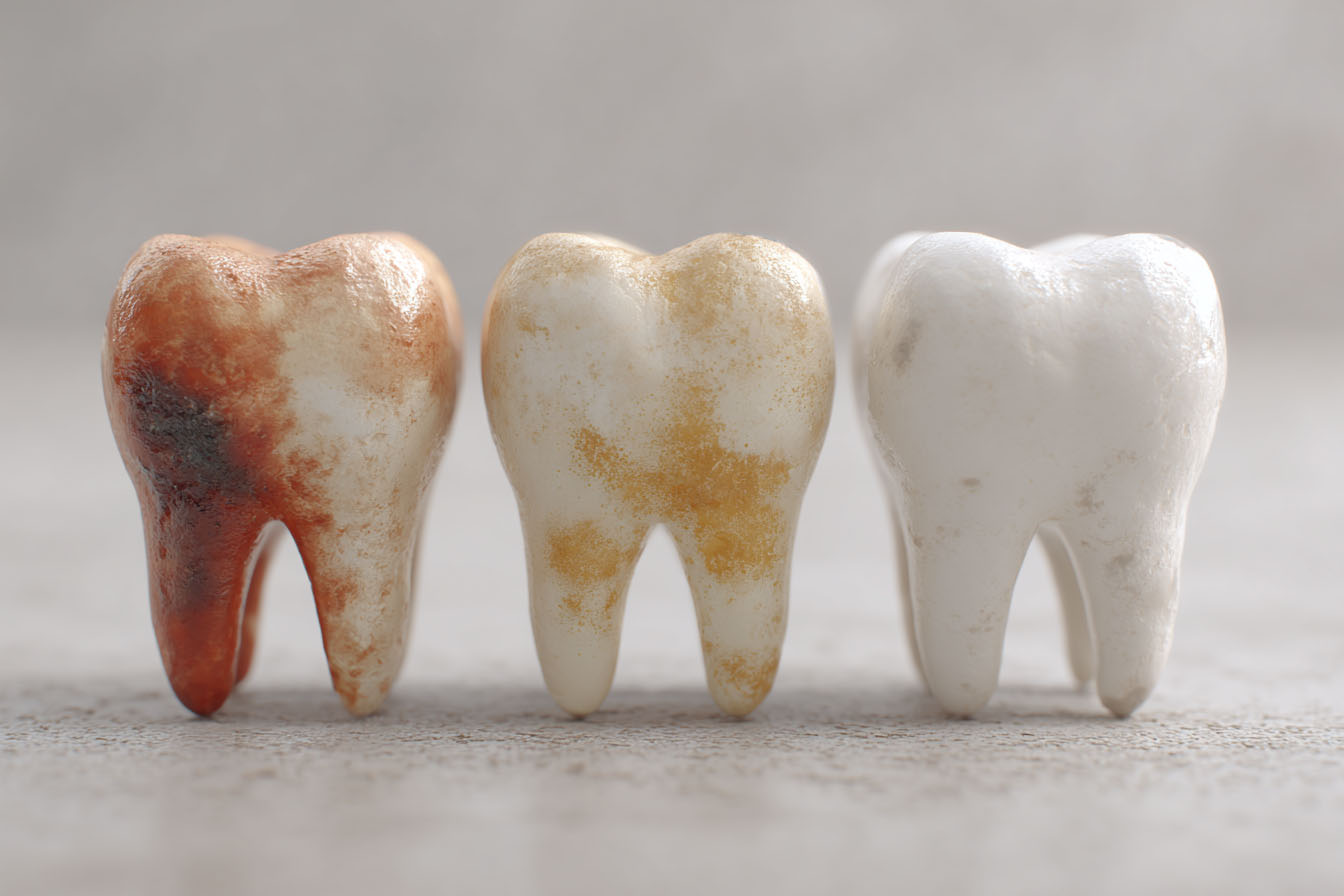

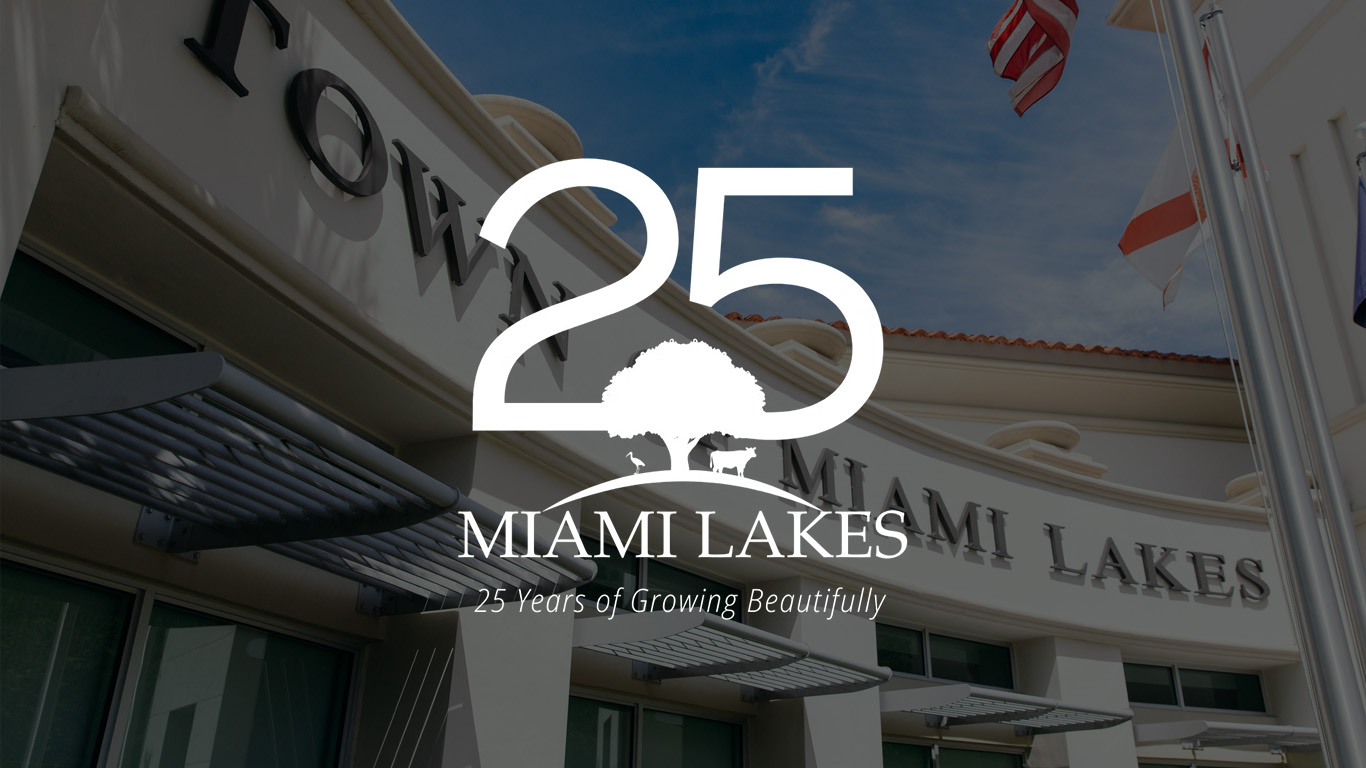

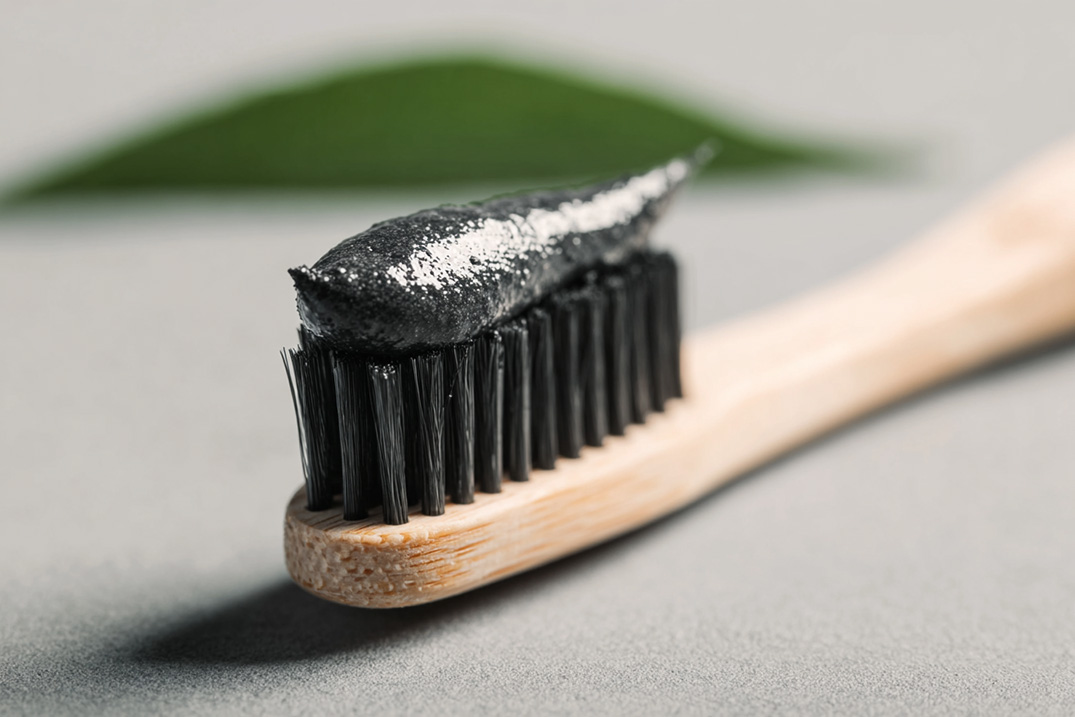
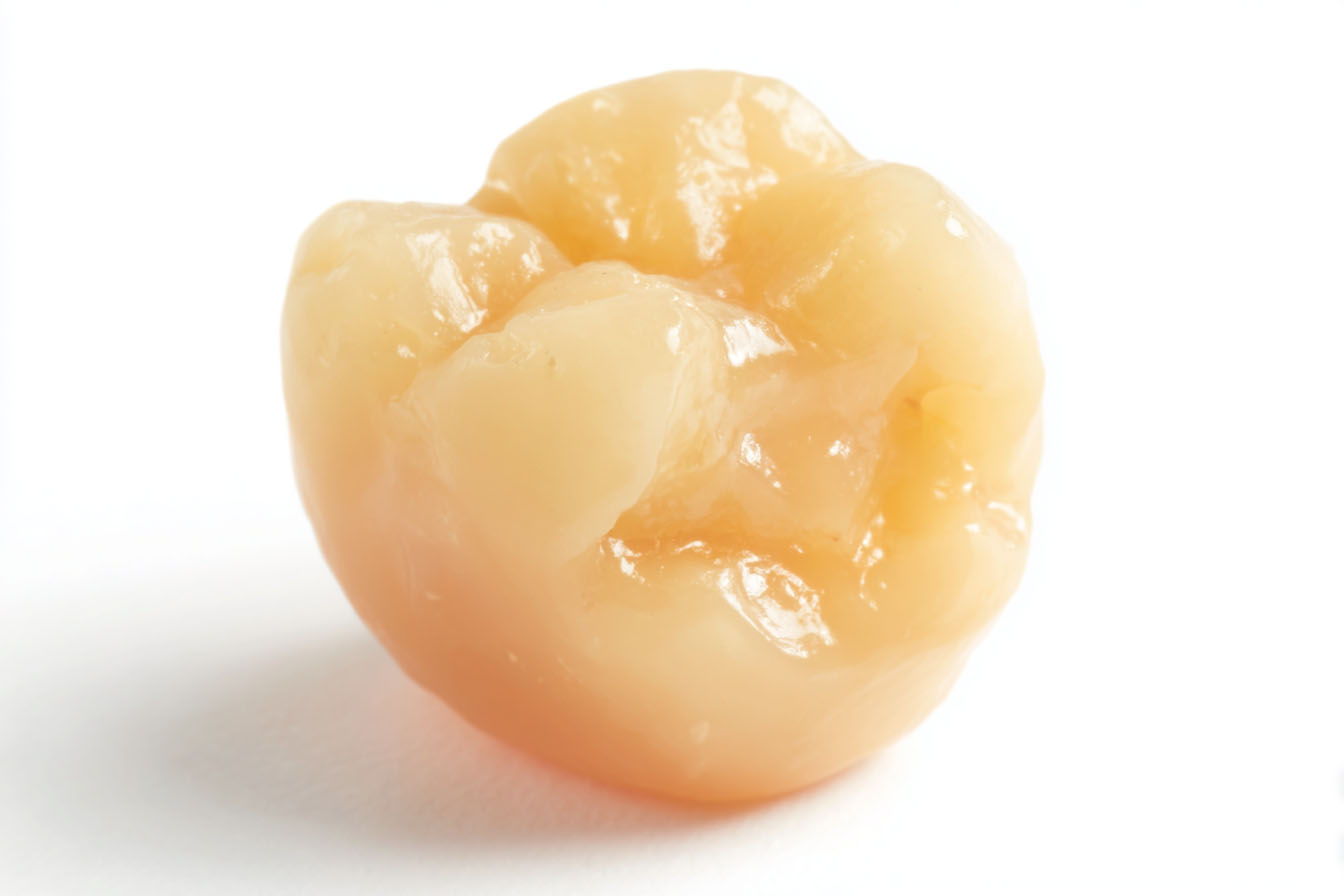
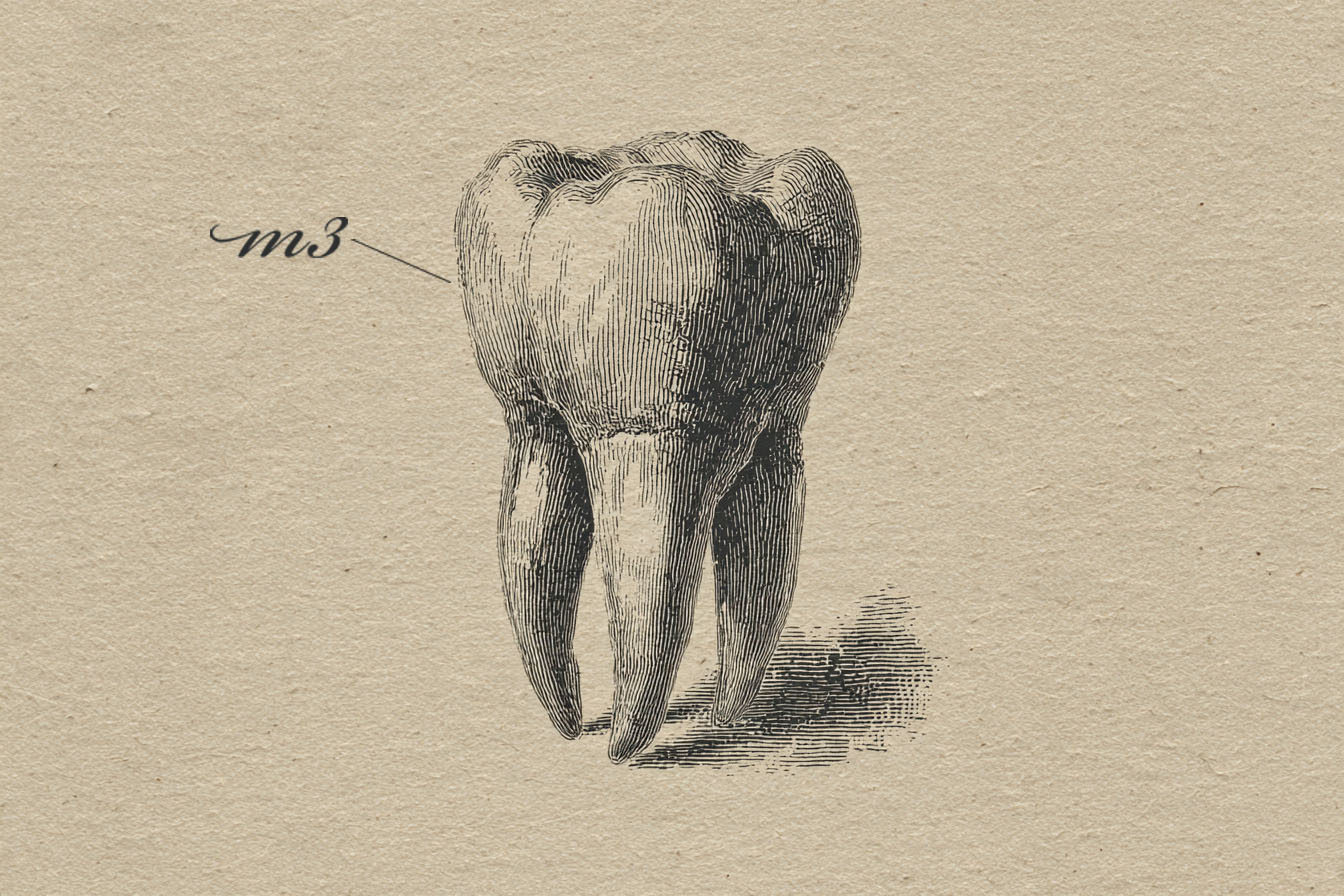

.png)



